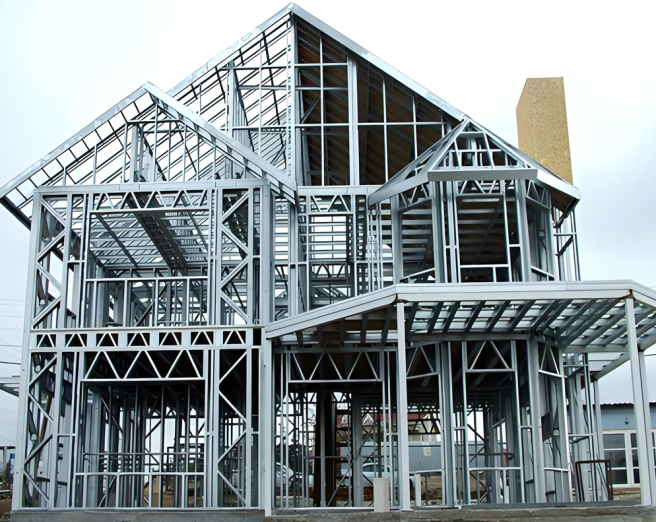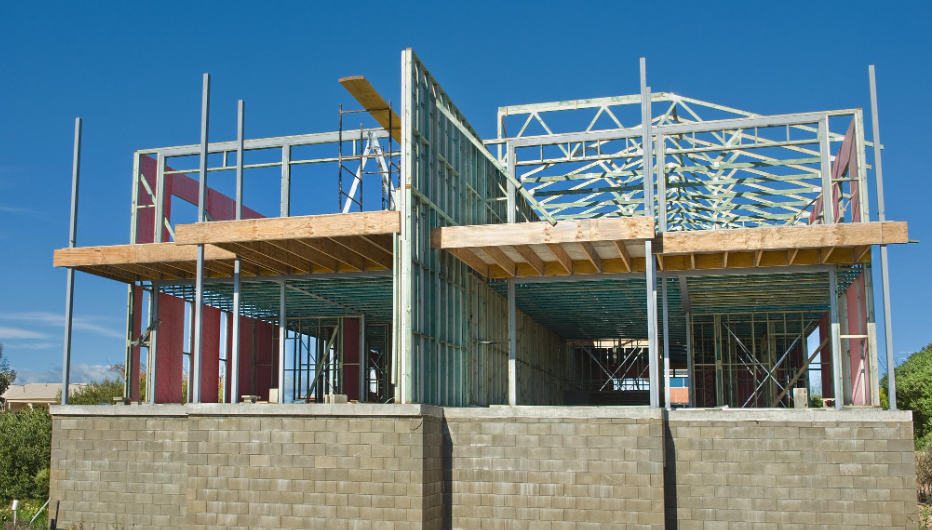Introduction and Advantages of Prefabricated Villas

Prefabricated villas, also known as light steel structure houses, primarily utilize light steel keels synthesized from hot-dip galvanized steel strips through cold rolling technology. With precise calculations and the support and integration of auxiliary components, they provide reasonable load-bearing capacity, serving as a replacement for traditional houses.
The North American continent, renowned for its excellent living environment, has over 80% of its low-rise civil buildings, including residences, shopping malls, schools, and office buildings, constructed using wood or steel structures. With the escalating prices of wood, the market for North American light steel structure systems is growing rapidly at a rate exceeding 30%, gradually gaining widespread acceptance in the market.
As time progresses, the concept of environmentally friendly home construction has become increasingly popular, and people are increasingly considering cost and practicality.
The seismic performance of steel structures is far superior to traditional concrete and brick-concrete houses. Due to the lightweight nature of steel structure materials, their weight per unit area is only equivalent to 1/4 of that of brick-concrete structures of the same area. Therefore, their foundation treatment is simple and suitable for most geological conditions. Steel structure houses no longer require concerns about termite damage, unlike wood structure houses.

Prefabricated villas offer numerous advantages, including fire and moisture resistance, excellent wind and earthquake resistance, eco-friendly and comfortable living, durability, and modern aesthetics. Light steel villas use high-strength bolts for connection, allowing for direct installation of wall panels after setting up the frame, replacing traditional house construction methods. They are simple and convenient to construct, offering unparalleled advantages compared to traditional residential structures. They align with sustainable development strategies and, importantly, have a significantly higher cost-effectiveness than traditional houses. They are definitely worth considering!



